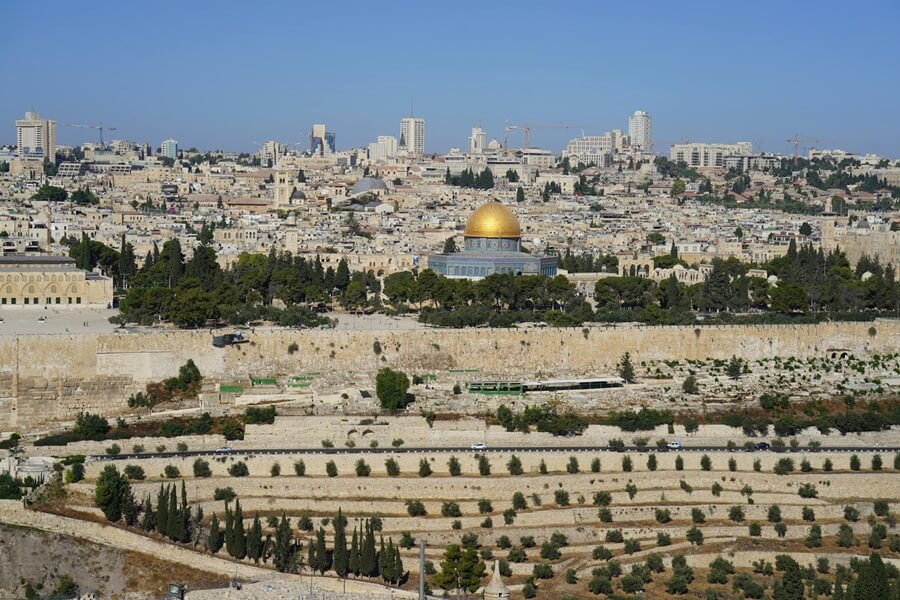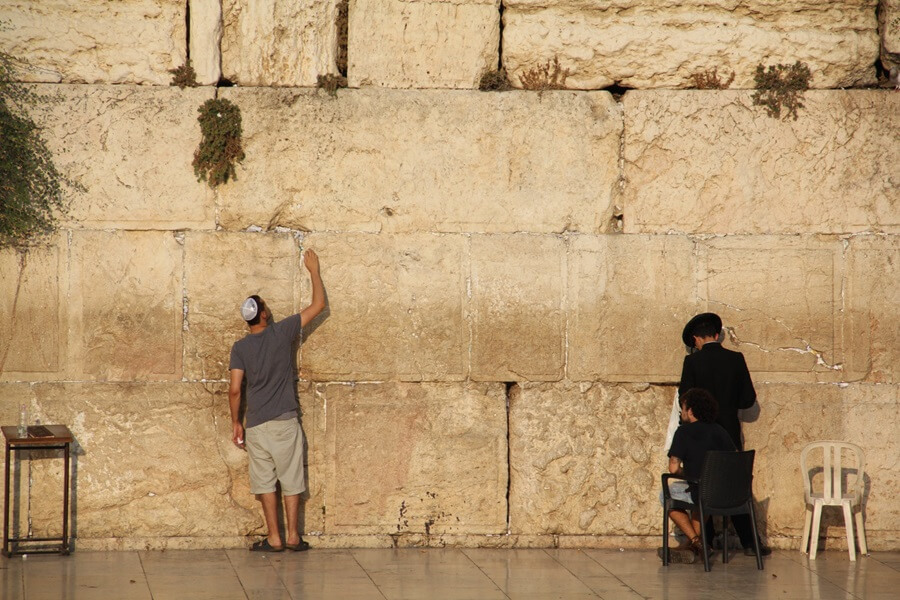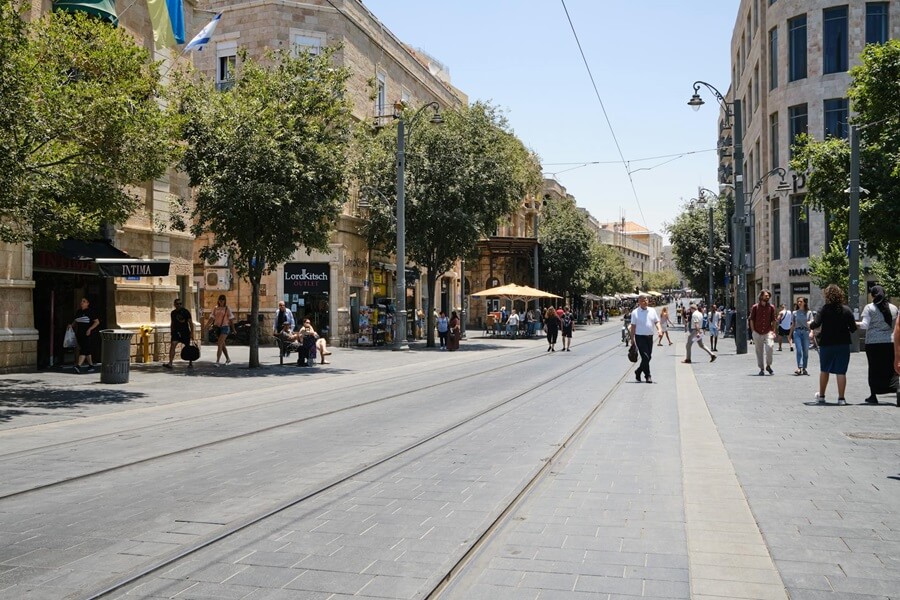Jerusalem Landmarks
Jerusalem, a city steeped in millennia of history, stands as a testament to the endurance of human civilization and faith. This ancient metropolis, with its Jerusalem landmarks spanning centuries, has witnessed the rise and fall of empires, the birth of religions, and the evolution of cultures. From its humble beginnings as a Canaanite settlement to its current status as a modern capital, Jerusalem’s journey through time is as complex and multifaceted as the city itself.
The history of Jerusalem dates back to the 4th millennium BCE, with archaeological evidence suggesting human settlement in the area as early as the Copper Age. However, it was during the Bronze Age, around 1850 BCE, that Jerusalem began to take shape as a significant urban center.
Over the subsequent centuries, Jerusalem passed through the hands of numerous empires – Babylonian, Persian, Greek, and Roman – each leaving its mark on the city’s landscape and culture. The destruction of the Second Temple by the Romans in 70 CE marked a significant turning point in Jerusalem’s history, leading to the diaspora of the Jewish people.

Jerusalem Landmarks
Throughout the Middle Ages, Jerusalem remained a focal point of religious significance for Judaism, Christianity, and Islam. The city’s Jerusalem landmarks reflect this diverse heritage, with holy sites sacred to all three Abrahamic religions coexisting within its ancient walls.
For tourists visiting Jerusalem, the city offers an unparalleled opportunity to explore millennia of history alongside cutting-edge modernity. Here are ten must-visit places that showcase the best of Jerusalem’s diverse attractions:
1. Friends of Zion Museum
Located in the heart of Jerusalem, the Friends of Zion Museum is a state-of-the-art facility that celebrates the long-standing friendship between the Jewish people and their Christian supporters. Using advanced technology and interactive displays, the museum tells the stories of non-Jewish Zionists who played crucial roles in the establishment and development of the State of Israel. This modern Jerusalem landmark offers visitors a unique perspective on Israel’s history and the enduring bond between different faiths.
2. The Western Wall
No visit to Jerusalem is complete without a trip to the Western Wall, one of the most significant Jerusalem landmarks. Also known as the Kotel, this ancient limestone wall is the last remnant of the Second Temple and the holiest site where Jews are permitted to pray. The plaza in front of the wall is always bustling with worshippers and visitors, creating a powerful atmosphere of reverence and spirituality.

Landmarks in Jerusalem
3. The Old City
The Old City of Jerusalem is a UNESCO World Heritage site and home to numerous Jerusalem landmarks. Divided into four quarters – Jewish, Christian, Muslim, and Armenian – the Old City offers a microcosm of Jerusalem’s diverse cultural and religious heritage. Visitors can explore narrow alleys, bustling markets, and ancient religious sites, all within the confines of the impressive 16th-century walls built by Suleiman the Magnificent.
4. The Church of the Holy Sepulchre
This ancient church, located in the Christian Quarter of the Old City, is revered as the site of Jesus Christ’s crucifixion, burial, and resurrection. The church’s complex architecture reflects its long history and the various Christian denominations that share custody of the site. As one of the most important Jerusalem landmarks for Christians worldwide, the Church of the Holy Sepulchre offers a profound spiritual experience for believers and an fascinating historical site for all visitors.
5. The Israel Museum
For those interested in exploring Israel’s rich cultural heritage, the Israel Museum is a must-visit destination. This world-class institution houses an extensive collection of archaeological artifacts, fine art, and Jewish ceremonial objects. The museum’s crown jewel is the Shrine of the Book, which houses the Dead Sea Scrolls – ancient Jewish manuscripts that provide invaluable insights into biblical times.
6. Yad Vashem
Yad Vashem, Israel’s official memorial to the victims of the Holocaust, offers a somber but essential experience for visitors to Jerusalem. This expansive complex includes museums, research centers, and memorial sites dedicated to preserving the memory of the six million Jews who perished during the Holocaust. While not an ancient Jerusalem landmark, Yad Vashem stands as a powerful reminder of recent history and the importance of remembrance.

7. The Mount of Olives
This historic ridge east of the Old City offers panoramic views of Jerusalem and is home to several important religious sites. The Mount of Olives has been used as a Jewish cemetery for over 3,000 years and is believed by many to be the site where the Messiah will arrive. Christian pilgrims visit the mount to see the Garden of Gethsemane, where Jesus is said to have prayed before his crucifixion.
8. Machane Yehuda Market
For a taste of modern Jerusalem life, visitors should head to the bustling Machane Yehuda Market. This vibrant marketplace, known locally as “The Shuk,” offers a sensory overload of sights, sounds, and smells. By day, it’s a traditional Middle Eastern market selling fresh produce, spices, and local delicacies. By night, many of the stalls transform into trendy bars and restaurants, making it a popular spot for both locals and tourists.
9. The Tower of David Museum
Located near the Jaffa Gate entrance to the Old City, the Tower of David Museum is housed in the ancient citadel of Jerusalem. This Jerusalem landmark offers a comprehensive overview of the city’s history through innovative exhibitions and multimedia presentations. The Night Spectacular, a sound and light show projected onto the walls of the citadel, provides a unique way to experience Jerusalem’s story after dark.
10. The Knesset
As the home of Israel’s parliament, the Knesset building represents modern Jerusalem’s role as the capital of the State of Israel. Visitors can take guided tours of the building, learn about Israel’s political system, and view the impressive Chagall tapestries that adorn the main hall. The Knesset’s location in the government quarter of Jerusalem also provides an opportunity to see other important modern landmarks, such as the Supreme Court building and the Bank of Israel.
These ten Jerusalem landmarks offer just a glimpse of what the city has to offer. From ancient religious sites to cutting-edge museums, from traditional markets to modern government buildings, Jerusalem presents a unique blend of past and present that captivates visitors from around the world.
It’s important to note that while these Jerusalem landmarks are must-see attractions, they represent only a fraction of what the city has to offer. Jerusalem is a city that rewards exploration and discovery. Wandering through its neighborhoods, from the ultra-Orthodox area of Mea Shearim to the bohemian German Colony, provides insight into the diverse communities that call Jerusalem home.
Moreover, Jerusalem’s cultural scene is as rich and varied as its history. The city hosts numerous festivals throughout the year, celebrating everything from sacred music to contemporary art. The Jerusalem Film Festival, held annually in July, attracts filmmakers and cinema enthusiasts from around the world. The Israel Festival, which takes place in the spring, showcases innovative performances in theater, dance, and music.
Jerusalem's landmarks
In conclusion, Jerusalem’s landmarks, both ancient and modern, offer a window into the soul of this extraordinary city. From the Friends of Zion Museum to the Western Wall, from the bustling Machane Yehuda Market to the solemn halls of Yad Vashem, each site contributes to the rich mosaic that is Jerusalem. As you explore these landmarks, you’re not just witnessing history – you’re becoming a part of it, adding your own story to the countless tales that make up Jerusalem’s enduring legacy.
